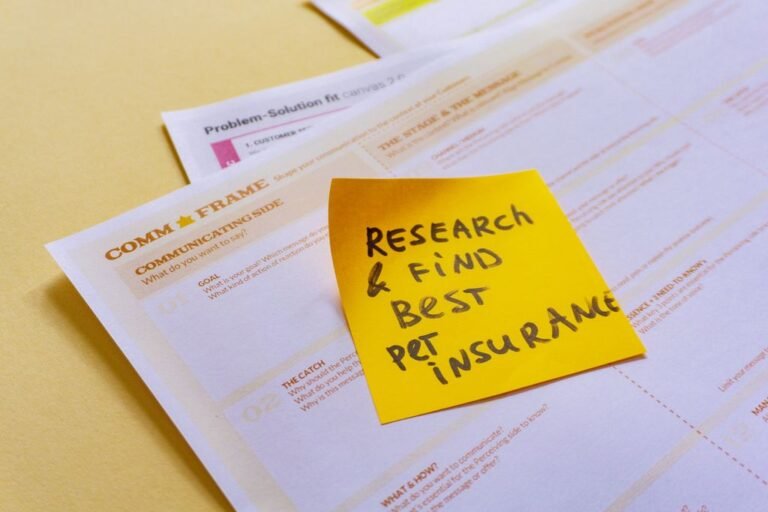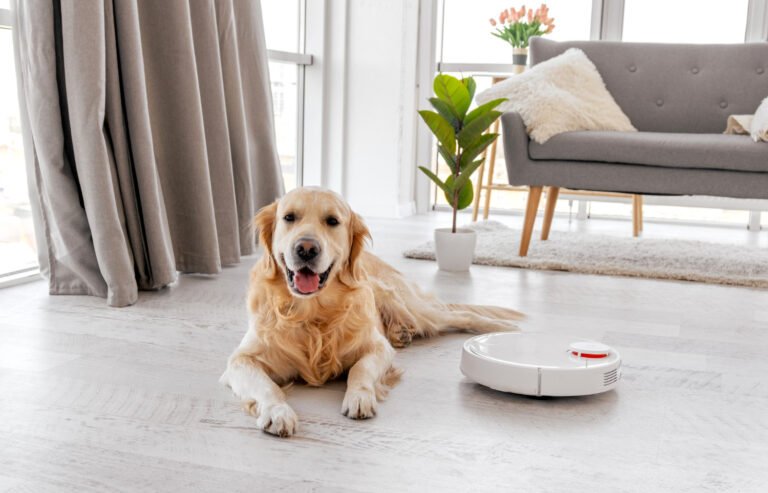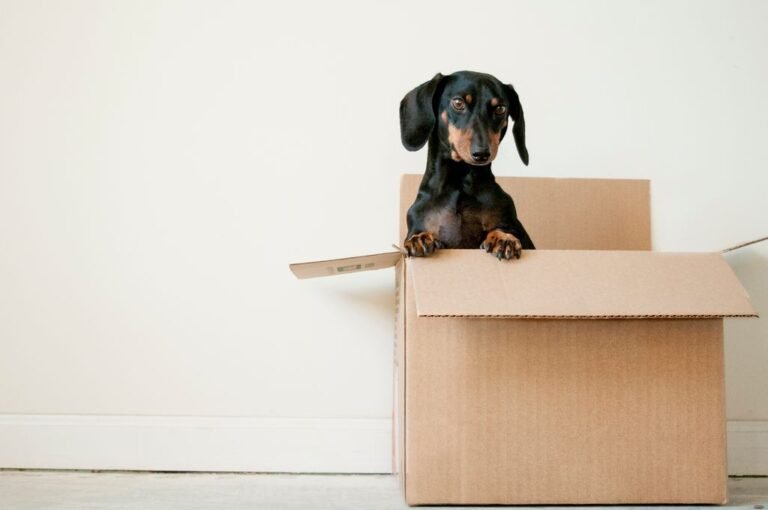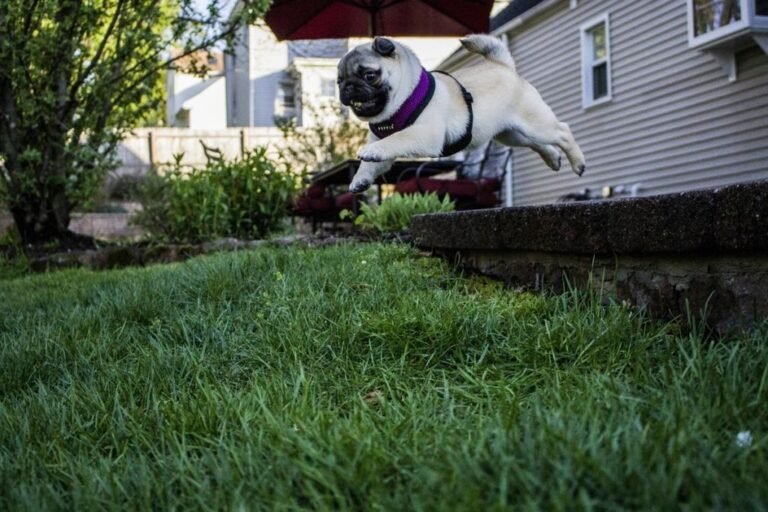Top 10 Tips for Pet Safety at Home and Outdoors
A list of practical tips for pet safety both inside the home and while outdoors. Pet safety is a top priority for every pet owner, and ensuring their well-being both at home and outdoors is essential. Here are some key takeaways to keep in mind when it comes to pet safety:
Key Takeaways
- Secure hazardous areas to prevent accidents and injuries.
- Choose pet-friendly plants to create a safe environment at home.
- Store toxic substances safely to avoid pet poisoning.
- Use leashes and harnesses to ensure safety outdoors.
- Provide proper identification for your pet in case they get lost.
Creating a Safe Environment at Home
Securing Hazardous Areas
When it comes to pet safety, one of the most important steps you can take is to create a clean home environment. Pets are curious creatures and can easily get into things they shouldn’t. By keeping your home clean and free of hazards, you can help prevent accidents and keep your pet safe.
Here are some tips to secure hazardous areas in your home:
- Store cleaning products, chemicals, and medications in locked cabinets or high shelves to prevent your pet from accessing them.
- Keep trash cans securely covered to prevent your pet from rummaging through them and potentially ingesting something harmful.
- Keep small objects, such as coins, buttons, and batteries, out of your pet’s reach as they can pose a choking hazard.
Remember, a clean and organized home is not only beneficial for your pet’s safety but also for their overall well-being.
Choosing Pet-Friendly Plants
When selecting plants for your home, it’s important to choose ones that are safe for your pets. Some plants may be toxic to animals and can cause harm if ingested. To ensure the safety of your furry friends, consider researching the plants you are interested in and avoiding those that are known to be harmful. Additionally, it’s a good idea to keep any plants out of reach of your pets to prevent them from accidentally nibbling on them. By taking these precautions, you can create a pet-friendly environment in your home. If you are interested in discovering pet-friendly plants, please click here.
Storing Toxic Substances Safely
When it comes to storing toxic substances, it’s important to take extra precautions to ensure the safety of your pet. Keep all cleaning products, chemicals, and medications out of reach of your furry friend. Store them in locked cabinets or high shelves to prevent accidental ingestion. Additionally, be mindful of household plants that may be toxic to pets. Research which plants are safe and which ones should be kept out of your pet’s reach. If you suspect that your pet has ingested something toxic, contact your veterinarian immediately for guidance.
Ensuring Safety Outdoors
Using Leashes and Harnesses
Using leashes and harnesses is crucial for the safety of your pet when outdoors. It allows you to have control over your pet’s movements and prevents them from running off or getting into dangerous situations. Leashes are typically made of strong and durable materials, such as nylon or leather, and are attached to a collar or harness worn by your pet. Harnesses are an alternative to collars and distribute the force of pulling more evenly across your pet’s body, reducing the risk of injury. When using a leash or harness, make sure it fits properly and is comfortable for your pet to wear. Always supervise your pet when they are on a leash or harness to ensure their safety.
Providing Proper Identification
When it comes to ensuring the safety of your pet, proper identification is crucial. Proper identification includes both a collar with tags and a microchip. The collar should have your pet’s name and your contact information clearly displayed. This will help others identify your pet if they get lost. Additionally, a microchip is a small device that is implanted under your pet’s skin. It contains a unique identification number that can be scanned by a veterinarian or animal shelter. Microchipping provides a permanent form of identification that cannot be lost or removed. In case your pet goes missing, having both a collar with tags and a microchip greatly increases the chances of being reunited with your furry friend. Remember to keep your contact information up to date to ensure that you can be reached if your pet is found.
Avoiding Dangerous Foods and Plants
When it comes to pet safety, it’s important to be aware of the foods and plants that can be harmful to your furry friend. Some common foods that are dangerous for pets include chocolate, grapes, onions, and garlic. These foods can cause serious health issues such as vomiting, diarrhea, and even organ damage. It’s best to keep these foods out of your pet’s reach and avoid feeding them any table scraps.
In addition to foods, there are also certain plants that can be toxic to pets. Some examples include lilies, azaleas, and tulips. These plants can cause symptoms such as nausea, vomiting, and difficulty breathing if ingested. It’s important to keep these plants out of your pet’s environment and be cautious when bringing new plants into your home.
Remember, prevention is key when it comes to pet safety. By being aware of the dangerous foods and plants and taking steps to keep them out of your pet’s reach, you can help ensure their well-being and avoid any potential health issues.
Preventing Accidents and Injuries
Supervising Pet Interactions
When it comes to supervising pet interactions, it is important to ensure the safety of both your pet and others. Functionality is key in creating a harmonious environment where pets can interact safely. Here are some tips to keep in mind:
- Always supervise interactions between pets, especially if they are meeting for the first time or have different temperaments.
- Provide separate spaces or crates for each pet to retreat to if they need a break.
- Use positive reinforcement and reward good behavior during interactions.
- Be aware of any signs of aggression or discomfort and intervene if necessary.
Remember, creating a safe and positive environment for pet interactions is essential for their well-being and the well-being of those around them.
Keeping Pets Away from Electrical Cords
When it comes to keeping your pets safe at home, one important aspect to consider is keeping them away from electrical cords. Pets, especially cats and puppies, are naturally curious and may be tempted to chew on cords, which can lead to electric shock or even serious injuries. To prevent accidents, make sure to secure all cords and wires out of your pet’s reach. You can use cord covers or hide them behind furniture to make them less accessible. Additionally, consider using cord organizers to keep them neat and tidy, reducing the risk of entanglement. Always supervise your pets when they are near cords and redirect their attention to appropriate toys or activities. By taking these precautions, you can create a safe environment for your pets and minimize the risk of electrical accidents.
Avoiding Overexposure to Heat
When it comes to pet safety, it’s important to be mindful of the risks associated with overexposure to heat. Heatstroke is a serious condition that can be life-threatening for pets, especially dogs and cats. Here are some tips to help keep your furry friends safe and cool during hot weather:
- Provide plenty of fresh water for your pets to drink and keep their water bowls filled throughout the day.
- Create shaded areas in your yard where your pets can seek refuge from the sun.
- Avoid exercising your pets during the hottest parts of the day, and instead opt for early morning or late evening walks.
- Never leave your pets in a parked car, even for a short period of time. The temperature inside a car can rise rapidly and become dangerously hot.
Remember, prevention is key when it comes to protecting your pets from heat-related illnesses. By following these simple tips, you can ensure that your pets stay safe and comfortable during the summer months.
Preparing for Emergencies
Creating a Pet Emergency Kit
When it comes to pet safety, being prepared for emergencies is crucial. One important step you can take is to create a pet emergency kit. This kit should include essential items that can help you handle unexpected situations and provide immediate care for your pet. Some key items to include in your pet emergency kit are:
- First aid supplies: Keep a well-stocked first aid kit specifically for your pet. This should include items such as bandages, antiseptic solution, and tweezers.
- Medications: If your pet requires any medications, make sure to have a sufficient supply in your emergency kit.
- Food and water: Pack a few days’ worth of your pet’s regular food and water in case you need to evacuate or are unable to access supplies.
- Comfort items: Include familiar items like a blanket or toy to help keep your pet calm and reduce stress.
Having a pet emergency kit ready can give you peace of mind knowing that you are prepared to handle any unexpected situations that may arise.
Knowing the Location of Emergency Vets
In case of any emergencies or accidents involving your beloved pet, it is crucial to know the location of emergency veterinary services. Immediate access to professional medical care can make all the difference in saving your pet’s life. Make sure to have the contact information of the nearest emergency vet clinic readily available, whether it’s saved in your phone or written down in a visible place. Additionally, it’s a good idea to familiarize yourself with the fastest route to the clinic, especially during times of high traffic or inclement weather. Being prepared and knowing where to go in an emergency can help alleviate stress and ensure prompt treatment for your furry friend.
Learning Pet First Aid
Learning Pet First Aid is an essential skill for every pet owner. It allows you to provide immediate care and potentially save your pet’s life in an emergency situation. By learning how to recognize common pet injuries and illnesses, you can take the necessary steps to stabilize your pet until professional help is available. Here are some key points to remember when learning Pet First Aid:
- Familiarize yourself with basic first aid techniques for pets, such as CPR and wound care.
- Keep a pet first aid kit handy, stocked with essential supplies like bandages, antiseptic solution, and a pet thermometer.
- Know the contact information for emergency veterinary clinics in your area.
- Stay calm and assess the situation before taking action.
Remember, being prepared and knowledgeable can make all the difference in an emergency. Take the time to learn Pet First Aid and ensure the safety and well-being of your furry friend.
Preparing for Emergencies is crucial for the safety and well-being of our beloved pets. At Whisker Wellbeing, we understand the importance of holistic and natural care for cats and dogs. Our mission is to provide products that enhance the physical and emotional quality of life for pets. From CBD to hemp and other natural options, we offer a variety of solutions to help your furry friends thrive. Visit our website today to explore our range of products and give your pets the care they deserve.
Conclusion
In conclusion, ensuring the safety of our beloved pets is a top priority for every pet owner. By following these practical tips, we can create a safe and secure environment for our pets both inside the home and while outdoors. Remember, a little effort goes a long way in keeping our furry friends happy and healthy. Let’s make pet safety a part of our daily routine!
Frequently Asked Questions
How can I secure hazardous areas in my home for my pet?
You can secure hazardous areas in your home by using baby gates, cordoning off areas, and keeping dangerous items out of reach.
What are some pet-friendly plants I can have at home?
Some pet-friendly plants include spider plants, Boston ferns, and African violets.
How can I store toxic substances safely to protect my pet?
To store toxic substances safely, keep them in locked cabinets or high shelves, and use childproof latches on cabinets.
What are the best ways to use leashes and harnesses for outdoor pet safety?
Use a sturdy leash and harness that fits your pet properly, and always supervise your pet while on a leash.
How can I provide proper identification for my pet while outdoors?
Provide proper identification by using a collar with an ID tag and microchipping your pet.
What are some dangerous foods and plants I should avoid when taking my pet outdoors?
Avoid feeding your pet chocolate, grapes, onions, and avoid allowing them to come into contact with toxic plants such as lilies and oleander.






